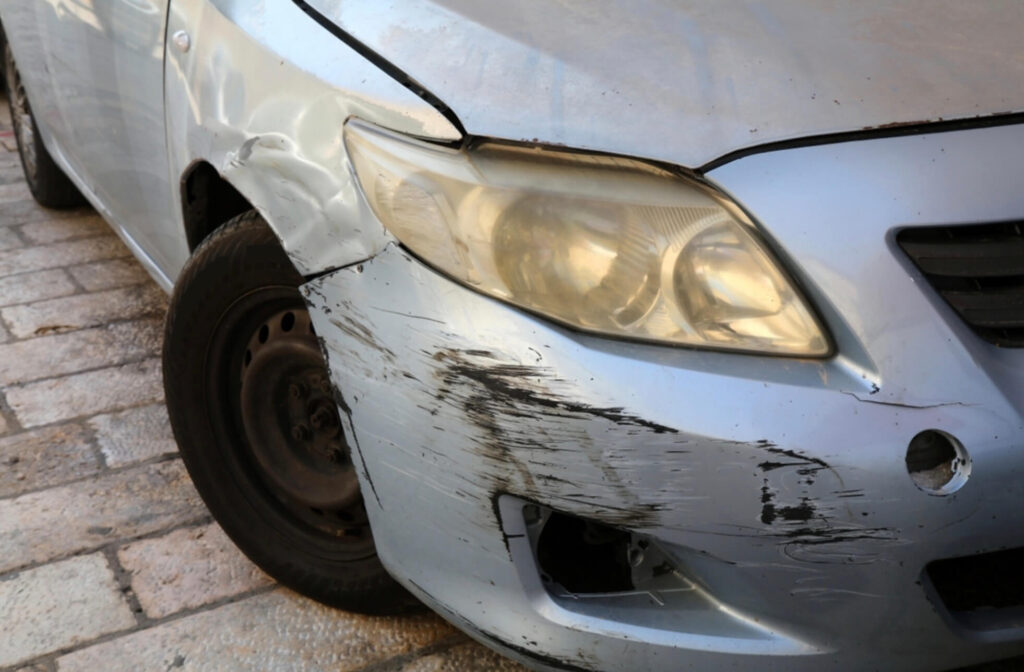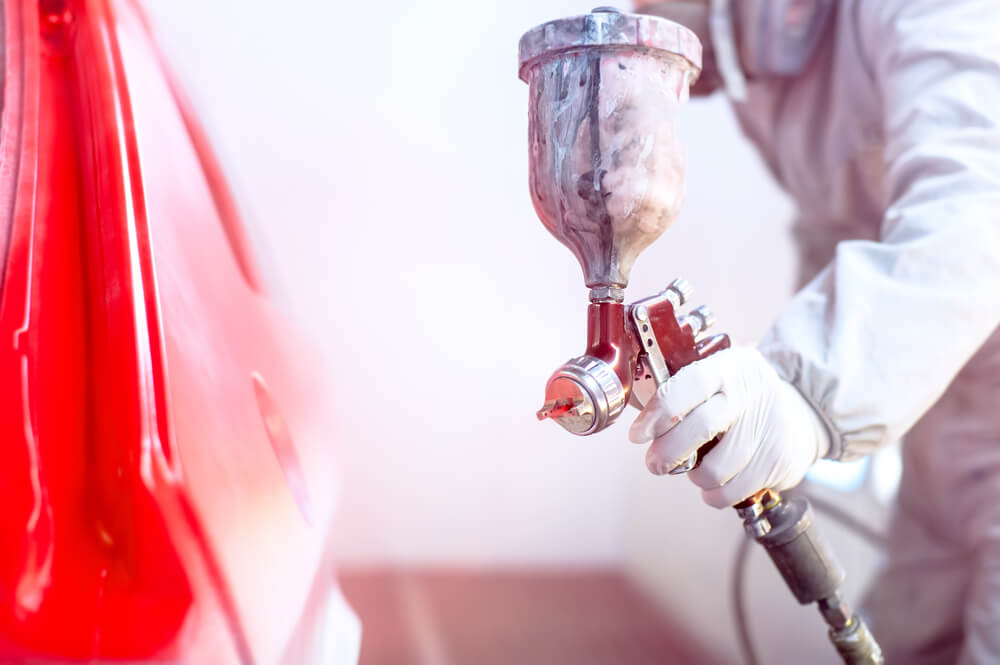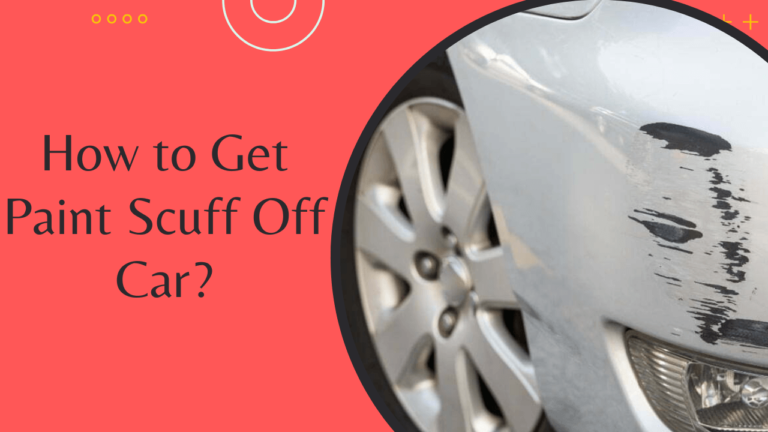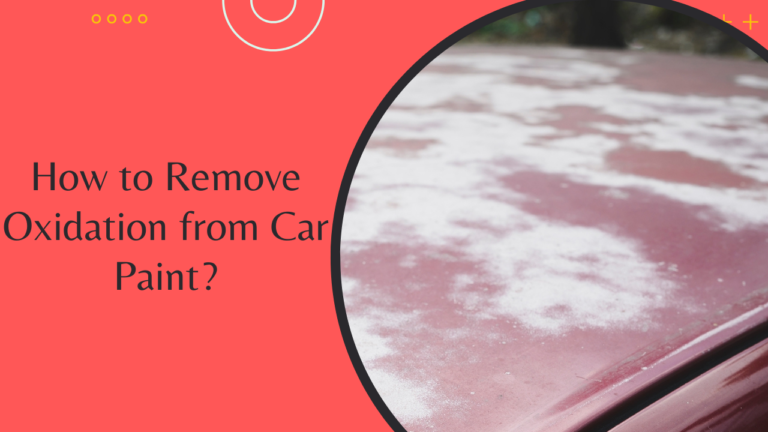How to Fix Paint Scratches on Car
Introduction How to Fix Paint Scratches on Car
Car paint scratches are aggravating. Not only do these defects seem bad, but they can also cause corrosion or other harm if ignored. Fixing scratches isn’t as difficult as it seems.
You can fix these imperfections professionally with the correct methods and materials. This book provides simple procedures, recommendations, and expert guidance to restore your car’s finish without a costly professional.
Understanding the Types of Scratches

Before fixing, you must identify the sorts of scratches. Knowing the problem makes choosing the proper solution simpler.
| Scratch Type | Description | Solution Needed |
| Clear Coat Scratches | The lightest type of scratch that only affects the outermost clear layer of the paint. | Requires simple buffing or polishing. |
| Paint Scratches | These scratches go deeper than the clear coat but not through the entire paint layer. | Needs touch-up paint to cover up the damage. |
| Primer Scratches | These are deeper scratches that reach the primer layer, just before the bare metal of the car. | Requires a full repair with sanding, primer, and touch-up. |
| Deep Scratches | These reach the metal of the car, usually due to severe contact with another surface. | Needs professional intervention or advanced DIY skills. |
Fixing Light Scratches
Let’s start with minor, surface-level scratches. These are typically clear coat scratches that are easiest to repair.
What You’ll Need:
- Microfiber cloth
- Scratch removal compound (e.g., Meguiar’s, Turtle Wax)
- Polishing compound
- Dual-action polisher or manual buffer
Steps to Follow
- Clean the Affected Area
Clean the scrape and area with soap and water. To prevent additional scratches when cleaning, use a microfiber cloth. Dirt and filth might hinder scratch removal compound.
- Apply the Scratch Removal Compound
After scratching, use scratch remover compound with a microfiber cloth. Work in tiny, circular movements for equal covering.
- Buff the Area
After applying compound, lightly polish with a buffer. Manual buffing works for tiny scratches, while a dual-action polisher works better for bigger scratches.
- Polish the Surface
Use polishing compound to restore paint luster and smoothness after buffing. Repeat circular movements with forceful yet soft pressure.
- Final Wipe Down

Wipe residue with a new microfiber cloth. Check for the scratch. If necessary, repeat.
Addressing Moderate Paint Scratches
Moderate scratches penetrate deeper into the paint layer, so they require a slightly more comprehensive approach.
What You’ll Need:
- Fine-grit sandpaper (1500–2000 grit)
- Automotive touch-up paint
- Clear coat
- Paintbrush or applicator pen
- Rubbing compound
- Polishing compound
Steps to Follow
- Clean and Prepare the Area
Like the light scratches, start with a clean surface. Washing the area ensures that no debris will get caught in your sanding or painting.
- Sand the Scratch
Lightly sand deeper marks with 1500–2000 grit sandpaper. Wet the sandpaper for a smoother finish. Use moderate strokes to smooth the scratch edges to hide them.
- Apply the Touch-Up Paint
After sanding, apply touch-up paint. Get a perfect match for your car’s color. Apply tiny layers with a fine brush or applicator pen and let them dry before applying more.
- Apply Clear Coat
After the paint dries, add clear coat. This will conceal and mix the repair with the car’s finish. Let the clear coat dry for 24 hours before continuing.
- Buff and Polish

Use rubbing compound and polishing compound to smooth the car’s surface after repairs. For optimal results, use a microfiber cloth or buffer.
Fixing Deep Scratches
Deep scratches that reveal primer or metal need extra work. DIY is possible if you’re confident. Professionals can manage them effortlessly.
What You’ll Need:
- Coarse-grit sandpaper (800–1000 grit)
- Primer
- Base coat (matching your car’s color)
- Clear coat
- Polishing and rubbing compound
Steps to Follow:
- Sand the Scratch
For deep scratches, start by sanding down the entire area, using coarse-grit sandpaper. The goal is to smooth out the surrounding paint and expose clean surfaces that you can work on.
- Apply Primer
Once the area is smooth, apply a layer of automotive primer to the bare metal. The primer protects against rust and ensures the paint adheres properly. Allow the primer to dry completely (about 30 minutes).
- Apply Base Coat
Once the primer is dry, apply the base coat in thin layers. It’s crucial to use the exact color match for your vehicle. Apply 2–3 layers, letting each one dry before applying the next.
- Finish with Clear Coat
Apply a layer of clear coat to protect the paint and give the area a glossy finish. Just like the base coat, clear coat should be applied in thin, even layers. Let the clear coat cure for at least 24 hours.
- Polish the Area
After curing, use a rubbing compound to smooth the area. Polish afterward to restore the finish to match the rest of the car’s paint.
Pro Tips for a Flawless Repair
| Problem | Solution |
| Uneven paint after touch-up | Lightly wet-sand the area with 2000 grit sandpaper, then buff with a polishing compound. |
| Paint doesn’t match perfectly | Consider professional color blending to match factory paint seamlessly. |
| Scratches in hard-to-reach areas | Use a small brush or precision applicator pen for narrow areas. |
| Clear coat looks dull | Polish with a high-quality polishing compound and a buffer. |
| Scratch reappears after buffing | Apply more clear coat and buff again after it dries. |
When to Seek Professional Help
DIY solutions work for many scratches, but sometimes a professional is needed. If the scratch has damaged the car’s structure or the paint is unmatchable, a body shop can fix it without causing further harm.
Preventing Future Scratches
Preventing scratches is just as important as fixing them. Here are some tips to protect your car from future damage:
| Prevention Tip | Explanation |
| Regular Waxing | A good layer of wax can shield the paint from minor scratches and UV rays. |
| Use a Car Cover | When parked outside, a car cover can protect your car from environmental damage like tree branches, bird droppings, and weather elements. |
| Avoid Automated Car Washes | While convenient, automated car washes often use abrasive materials that can cause scratches. Hand washing with a microfiber mitt is safer. |
| Park Mindfully | Avoid parking too close to other cars or near bushes and trees that can scratch the surface. |
| Protective Film | For extra protection, consider applying a clear protective film to the front of the car and other vulnerable areas. |
Conclusion
Car scratches can be easily repaired. This article has treatments for anything from tiny clear coat scratches to major damage. Prepare and be patient. Stick to these methods and your automobile will look fresh again. You’ll save money on expert repairs and feel proud of repairing your automobile yourself.



